Affiliate disclosure: This post may contain affiliate links. Please see our Privacy Policy.
Selling angora fiber from backyard rabbits is a rewarding way to support your homestead or hobby while sharing something truly special with fiber artists. Even if you’re only raising a few rabbits, high-quality angora wool can command premium prices—especially when it’s clean, sorted, and sold with a personal touch.
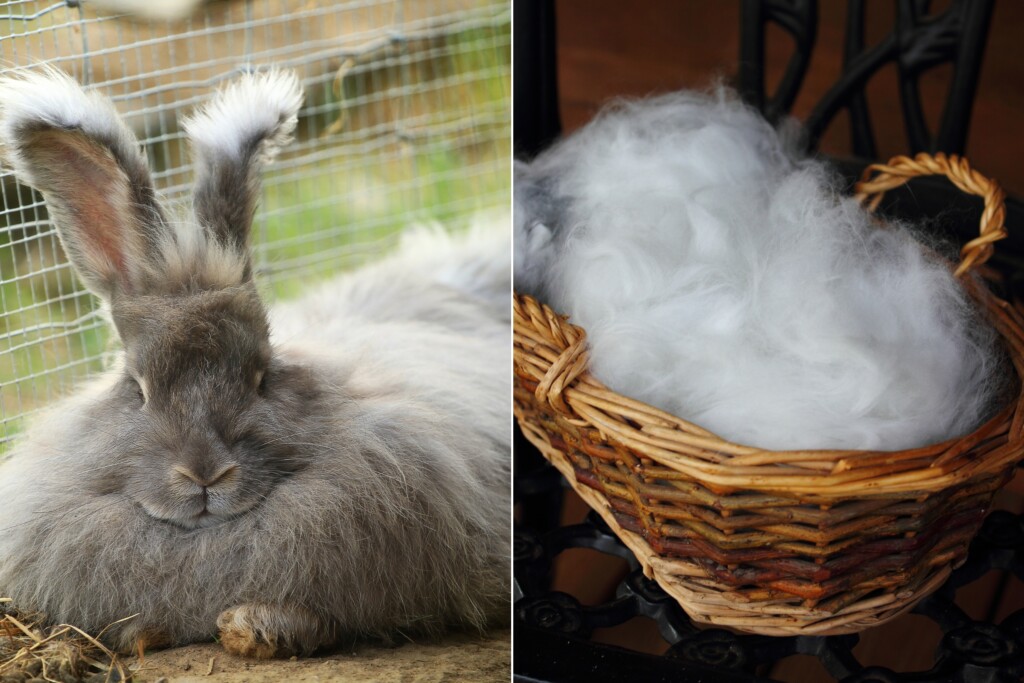
Table of Contents
Years ago, we unexpectedly rescued five angora rabbits, thinking we had a good handle on rabbit care after years of raising standard rabbit breeds—but angoras were a whole different ballgame. Just getting them cleaned up that first week yielded piles of soft, luxurious fiber, and over the next five years, with regular harvests every three to four months, we ended up with literal mountains of it.
I eventually learned to hand spin angora myself, but even so, the fiber kept accumulating, and I found myself deep in research figuring out how to start selling angora fiber online.
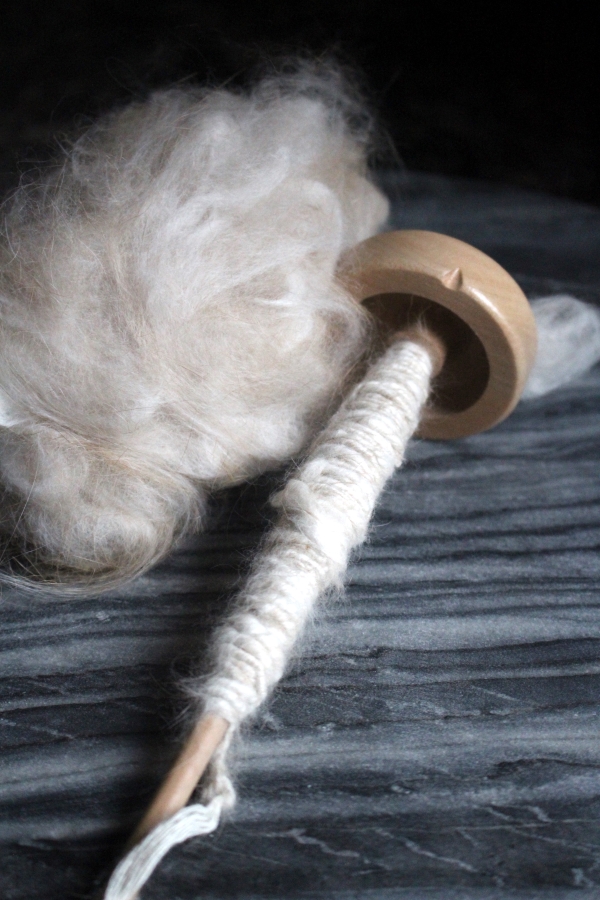
Why Angora?
Angora rabbits are sweet, docile animals that make wonderful backyard companions—and surprisingly productive ones. With a bit of effort and care, they can actually pay their own way. Selling angora fiber is a practical way to offset feed and housing costs, and even generate a small income from your homestead.
Unless you’re a hand spinner yourself, you’ll need to connect with angora rabbit wool buyers. And with so many listings online, it can feel overwhelming to figure out where to start.
But there’s good news: interest in hand spinning and ethical, small-scale fiber production is growing fast. With the right approach, you can absolutely find a market—even if you’re just selling fiber from a single beloved bunny.
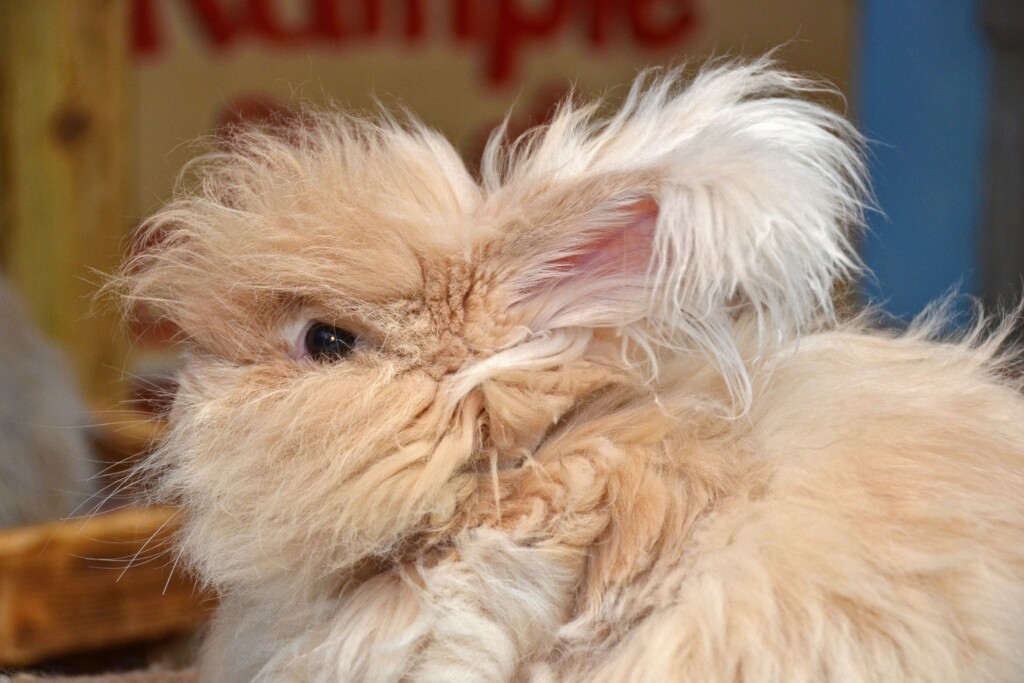
Know Your Product
Before you can market your fiber, you’ll need to understand what you’re selling. Buyers—especially spinners—want high-quality fiber and transparent sourcing. That means giving them the details they need to feel confident buying from a small-scale producer.
Breed Matters
There are four main breeds of angora rabbits commonly kept for fiber: English, French, Satin, and Giant. Each has its own unique wool characteristics, and it’s important to include the breed in your listing.
English Angora fiber is very soft and fine, with a cottony texture that’s luxurious to the touch but prone to matting. It has fewer guard hairs, making it ideal for next-to-skin wear.
French Angora has a silky feel and is less likely to matt, though it can be slightly more challenging to spin. Its visible guard hairs add depth of color and create a lovely halo effect in finished yarn.
Satin Angora is prized for its sheen and luster. It’s often easier to spin, but since these rabbits produce less fiber overall, the wool is harder to find and more expensive per ounce.
Giant Angoras are the most productive fiber rabbits, with annual yields up to 2 pounds. They’re ideal if you want to sell larger lots or offer enough fiber for entire garments.
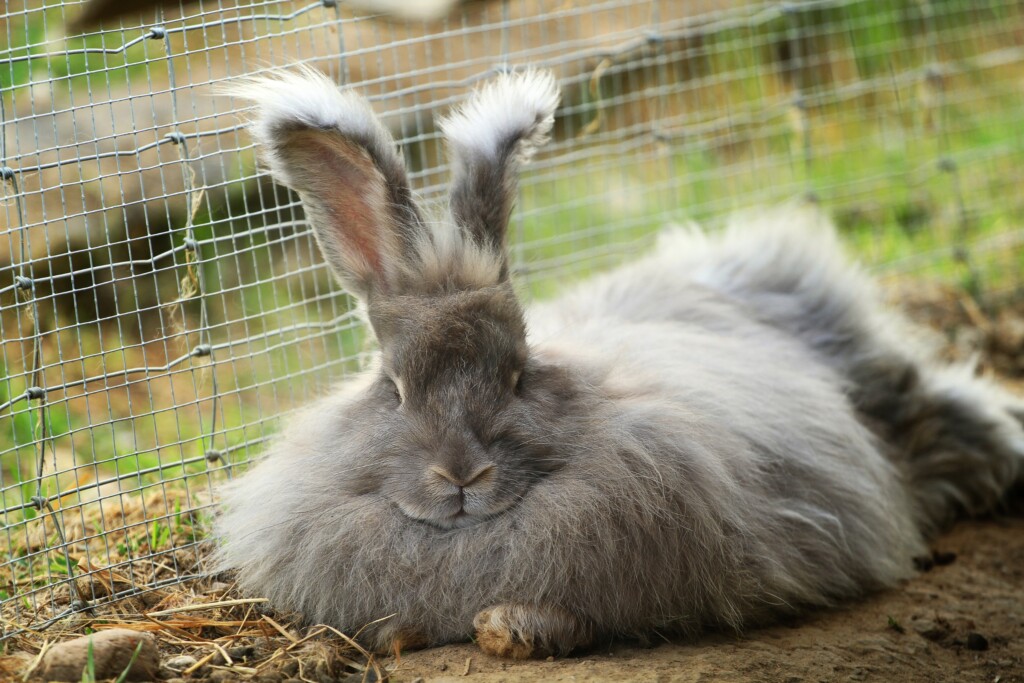
Raw or Carded Angora
Angora fiber can be sold raw or carded. Raw angora is simply harvested and cleaned, while carded angora has been brushed into fluffy batts or rolags, ready for spinning.
Carding your fiber before selling it dramatically improves its appearance and value. Clean, tangle-free, aligned fibers are worth significantly more—often fetching prices of $15 to $20 per ounce. To card angora, you’ll need very fine hand cards (200 pins per inch is ideal). Though the tools aren’t cheap, they’re worth the investment if you plan to sell regularly.
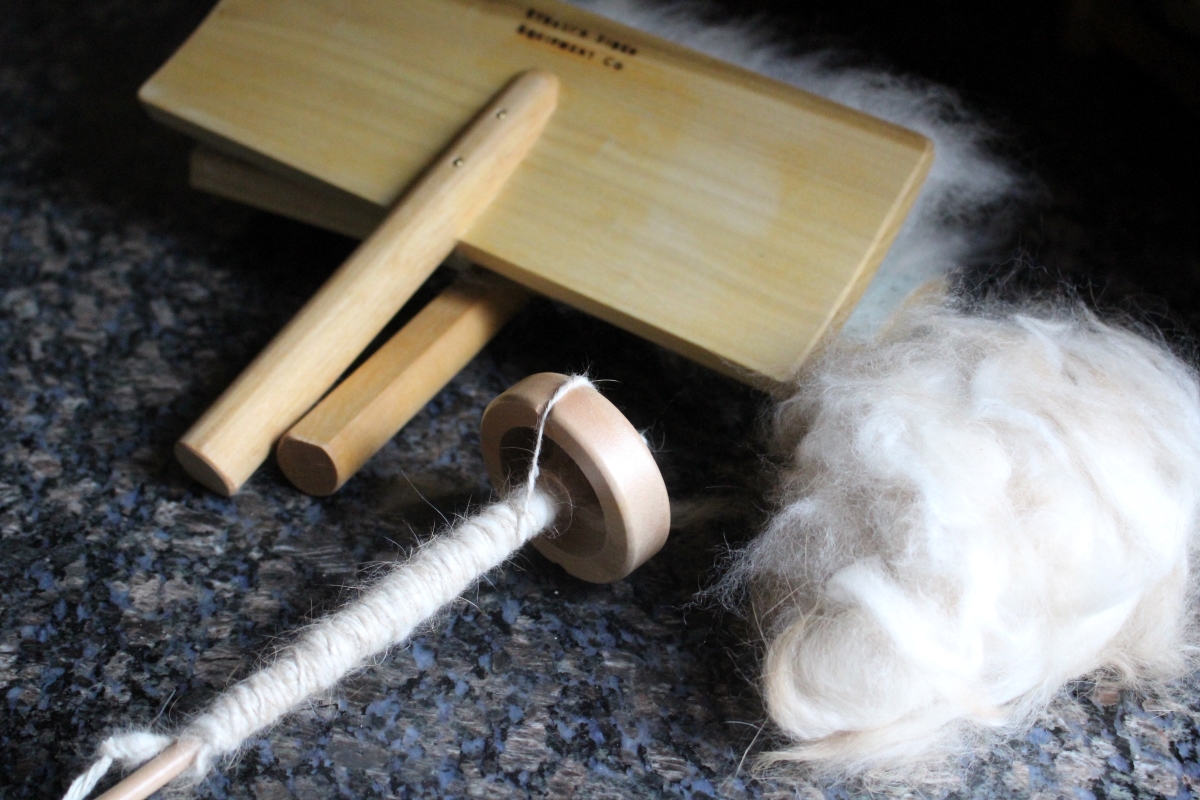
Sheared or Plucked Fiber
Angora rabbits naturally shed every few months, and during this time you can harvest fiber by gently “plucking” it by hand. This method sounds intense, but it’s completely painless when done during the natural molting period.
Plucked fiber is often considered higher quality than sheared fiber because it retains a tapered end, making it easier to spin. Sheared fiber has a blunt cut end that can create a rougher texture and more tangles.
Whether you pluck or shear, the key is to be consistent and clean. Avoid harvesting if the fiber is dirty or wet, and always sort your fiber by quality before storage or sale.
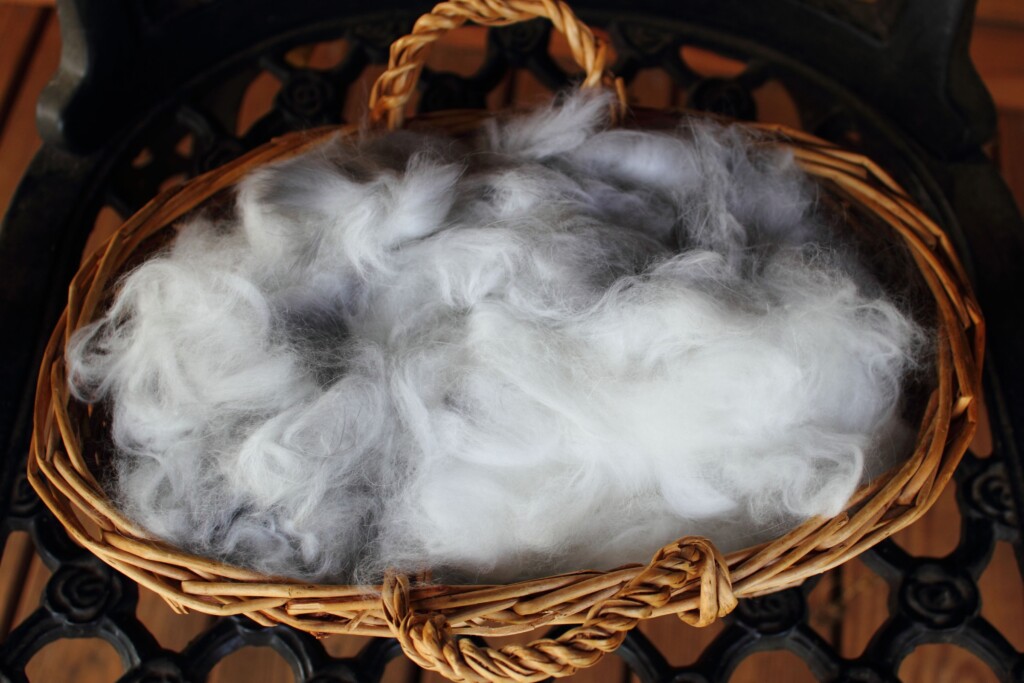
Staple Length and Grading
Staple length—the length of each fiber strand—is a major factor in quality. Longer fibers are easier to spin and command higher prices. Premium angora fiber is generally at least 6 cm long and free of debris.
Sort your wool into grades:
- First-quality wool is clean, long, and taken from the rabbit’s back and sides.
- Second-quality comes from the neck and flanks, with slightly shorter fibers.
- Third-quality is short, matted, or taken from the tail and belly. It may not be suitable for spinning, but it still has value for felting, stuffing, or bird nesting material.
Taking the time to grade your fiber helps you market it more effectively and justifies different price points.
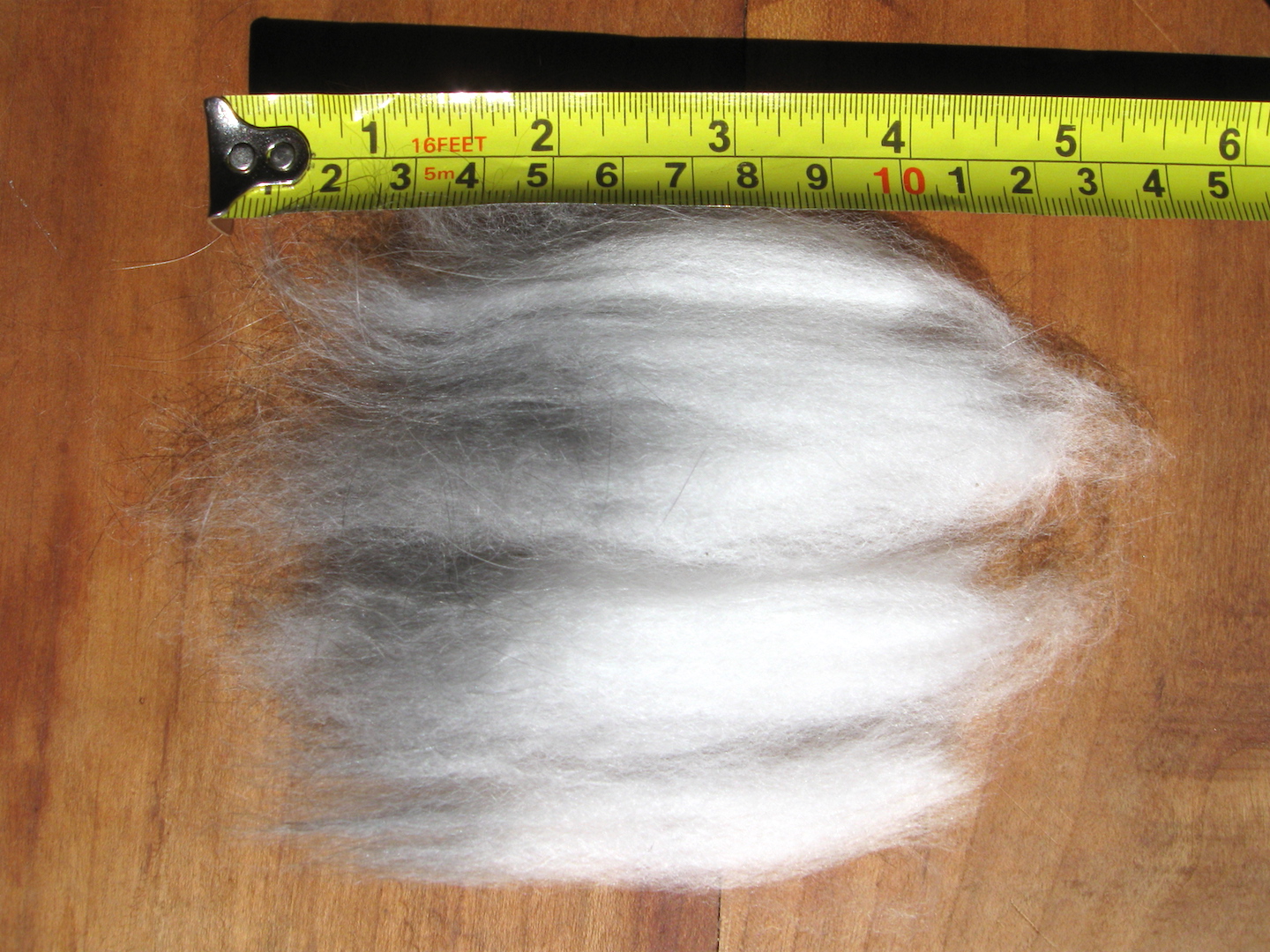
Make It Personal
Many people buying angora wool want to know the story behind it. If you’re raising your rabbits with care—and chances are, you are—share that. Tell buyers about your animals. Include names, care details, and maybe even a cute photo.
Also be sure to emphasize how your particular animal was raised, and why you absolutely love raising angoras. Do they get lots of fresh greens, access to a play yard?
Fiber from “Mopsy” who spends her afternoons munching dandelions in a play yard sounds far more appealing than generic “white angora fiber.” When customers feel a connection to the animal and the grower, they’re more likely to come back again and again.
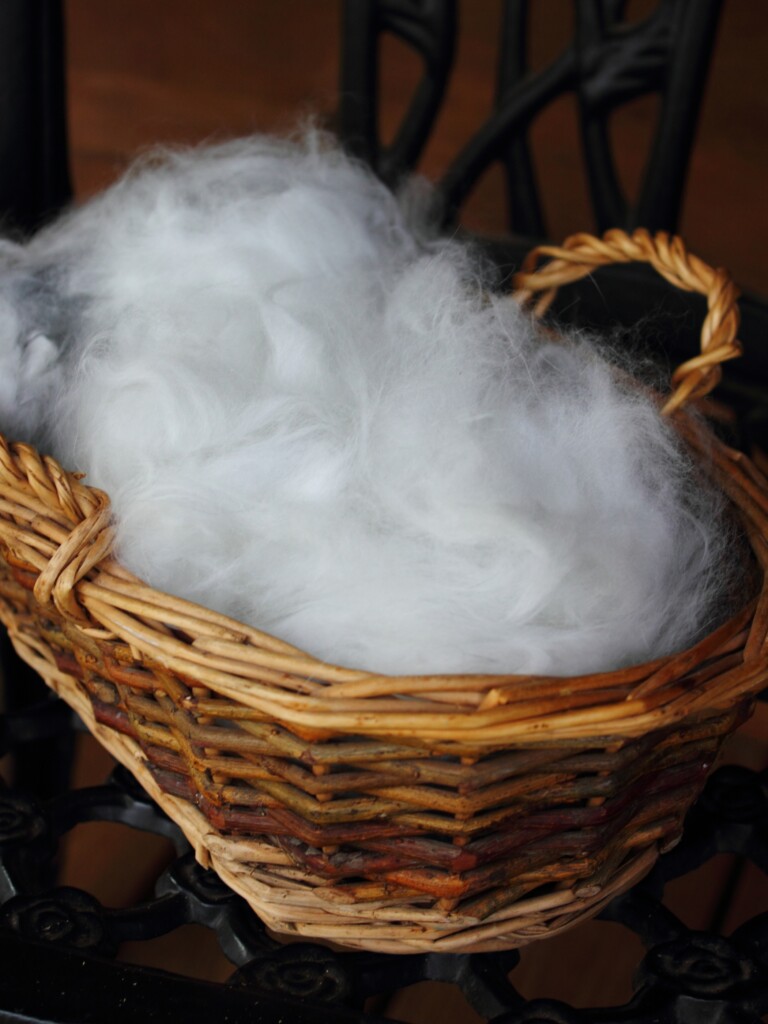
Where to Sell Angora Fiber
Once you have a clean, sorted product ready for sale, the next step is choosing a market. Here are a few of the best options:
Online Craft Marketplaces
Sites like Etsy or eBay are easy to start with, but competition is high. Search listings for angora fiber and you’ll find thousands of sellers. It takes time to build trust and rank in search results, but it can pay off if you’re consistent and focus on branding.
Local Yarn Shops
Check with yarn and fiber shops in your area. Many are happy to stock locally raised fiber, especially if it’s well-packaged and you can provide a backstory. Bring in a small sample, a short write-up about your rabbit(s), and a business card. Leave it with them and follow up.
Fiber Festivals and Farmers Markets
If you raise several rabbits and have more fiber to sell, consider setting up at local events. These are great places to meet buyers face to face and share your enthusiasm. Bring spinning samples, pricing by grade, and your best presentation.
Here in Vermont, we have the Vermont Sheep and Wool Festival, where many small scale fiber farms sell their products. Even if you’re too small to get into something like that, you can visit the festival to see how other farms are packaging and marketing their angora fiber.
Direct Networking
While slower to get started, selling through direct connections is often the most profitable and rewarding. Reach out to local spinning groups, 4H clubs, or historical reenactment groups. Post in community forums or on bulletin boards. Word of mouth is powerful—especially if your fiber is high quality.
Angora Fiber Prices
So how much is angora fiber worth? That depends on quality and presentation.
Premium, hand-plucked, long-staple fiber from a clean rabbit raised with care can sell for $15 to $20 per ounce, especially if carded and packaged well. Lower-grade wool might sell for $4 to $8 per ounce, depending on demand and intended use. Even short or matted fibers can be useful for felting or stuffing.
If you’re just starting out, don’t worry if your fiber isn’t perfect. You can still find buyers—just be clear about what you’re offering, and price accordingly. Every ounce helps offset the cost of raising rabbits, and as you gain experience, your fiber will only improve.
Getting Started with Selling Angora Fiber
Selling angora fiber is a great way to support your rabbit hobby—or homestead income—while connecting with other fiber lovers. Take the time to understand your product, be honest about quality, and build relationships with buyers. In time, your rabbits may do more than just warm your heart—they might help pay the feed bill, too.
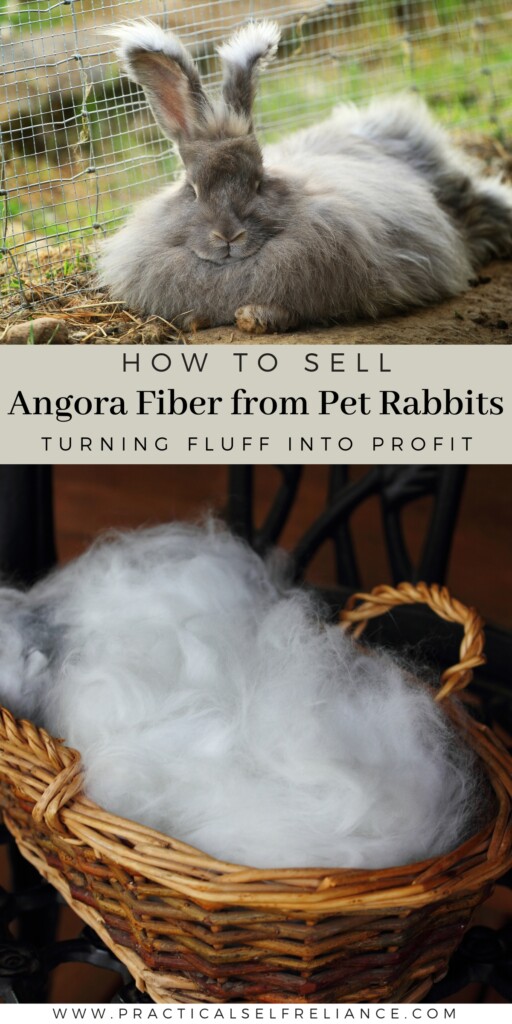
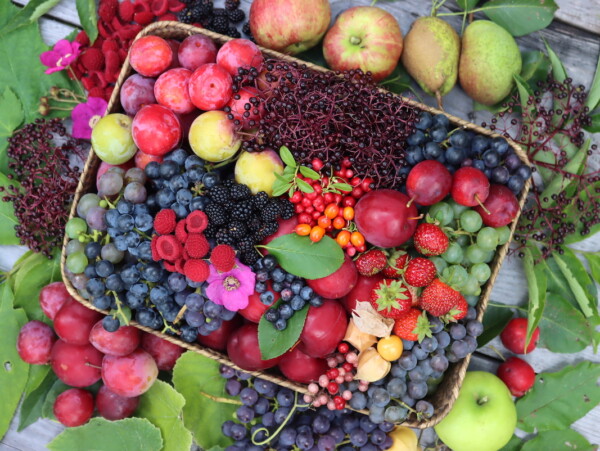
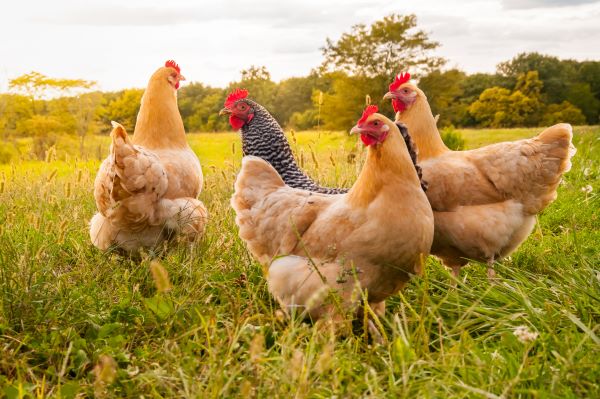
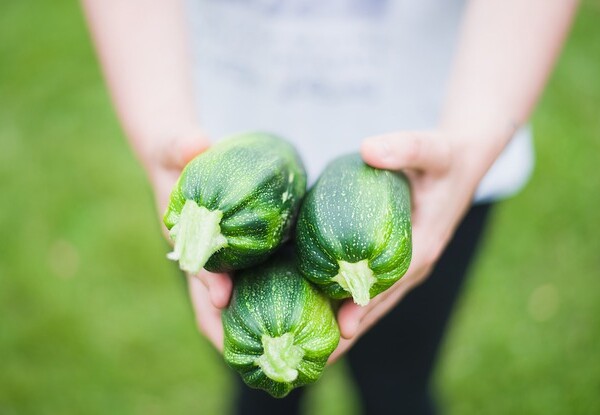
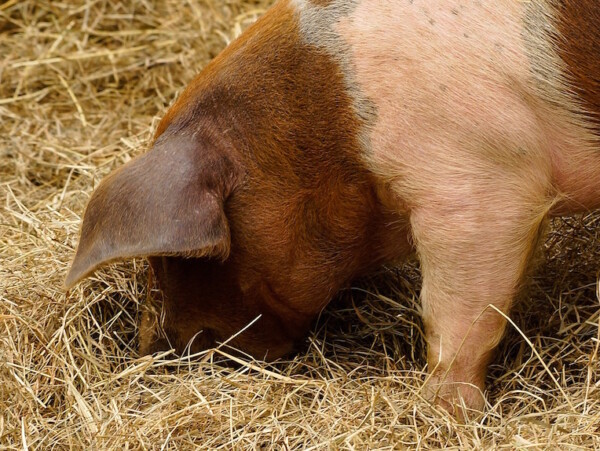
I have 2 pet angora rabbits (Albino) that were given to me by my daughter and granddaughters, who named them Snowflake and Coconut. I appreciate the articles here and web site and am looking to sell the raw wool that these rabbits produce from regular grooming. Thanks.
That’s wonderful and I love their names. Best wishes to you on your wool business. You will have to update us and let us know how it goes.
hi,I live in Iran and need to sell my angora fibers in another countries,help me and get me price
No idea how to help you there, unfortunately. I’m talking about more of a hobby scale market in the US for backyard rabbit keepers with just one or two angoras.
Hi, just wanted to say that the information on this website was AMAZING!! I had a question of just, who will buy my wool? I have heard small yarn businesses may be interested, and that online (specifically Etsy) is the best place to sell my wool. So now that I know what the best types of wool are, and how to have the best possible quality, where should I market my wool, and who is interested in buying my wool?
What a great page! I spin and knit, am getting older now so looking for small animals to keep. Your information is just the best and the videos are really excellent. Thank you. I shall look into suitable housing for the rabbits and see what breeds I can get in Australia. As wild rabbits are recognised as a pest species, I will be contacting the Dept. of Primary Industries for the regulations on pet rabbits. Also, we have imported viruses which are carried by the wild rabbits, trying to keep the numbers down as they can decimate our cropping country. I believe there are vaccines against these viruses for pets. All very interesting and I am excited at the prospect of these gorgeous animals joining my small farm.
Good luck Barbara! If you are able to get one in Australia, let me know how it goes.
Wonder if Australia should offer a bounty or encourage hunting more? So many could benefit from rabbit meat.
What is the best kind of hutch for keeping rabbits safe and clean? We are just starting with the planning process for raising rabbits on the small scale and I am looking for help. I’d love to hear suggestions. I’m excited to get started with rabbits.
By far, the best hutches/cages we ever used were from KW cages. They’re really durable, and as all the others fell apart or rusted, these stayed in near perfect condition. Easy to clean, and we used the biggest ones they make to give the little guys more space.
When we finally re-homed our last rabbits, we were able to sell these for 80% of what we paid for them originally (even after around 7 years of use…) https://www.kwcages.com/cages/stacking.html
Another great article!! Thank you so much for adding the video! I will try this pulling method
I am pleased to acknowledge your efforts by putting up very good and informative literature. I enjoy your articles.
I am basically a Chemical Engineer and recently retired from service and free to study your articles and found that Breeding Angore on Farm Scale is a very very beneficial Business.
So i have started to put up a Farm on Commercial scale and working to prepare a Feasibility Report but unfortunately i could not get Contact No. of any potential Buyers of Angora Rabbit Raw Wool and its Price.
I shall be very grateful if u can give me the Contact No. of few Angora Rabbit wool Buyers enabling me to prefare a Feasibilit report and Start my Farm please.
With Best Regards
Ghulam Mustafa
Hi Ghulam, I don’t have any buyers to suggest, but I do wish you the best of luck. If anyone else has information, they can leave it as a reply to this comment and you’ll get an email notification. Best wishes.
Ashley, I am just starting a small business of Angora (english) fiber, my daughter breeds them and I am learning to ppluck them and sell the fiber. I haven’t been carding them, don’t know too much about that yet, but have had a couple of people buy it without carding it. I make sure it is clean and the prime measures about 6 to 7 inches and then I put the seconds in a separate bag and sell for less amount. If you could please help me along, I am 72 and need something to do, this relaxes me and I enjoy and love the bunnies.
If you harvest it very clean and the rabbits are groomed really regularly so the fiber is tangle free, you don’t have to card the fiber before using it. That’s one of the really nice things about angora. Good luck with your business!
Hi Ashley,
Is the fur from brushing the rabbit the same as carded fur? I have been collecting my angoras fur for 3 years. I have plucked some, cut more and brushed some. I think I will get the carders and card the fur but do I need to card the brushed fur?
Really great article. Thank you,
It really depends on how it will be used, because strictly speaking angora doesn’t have to be carded. Some people spin right off the rabbit, others just use the fiber for felting. Carded fiber lines all the individual fibers up in the same direction, detangles them and prepares them for spinning. With a very clean rabbit, I can pluck fiber and lay the fibers out straight without carding if I’m very careful and that doesn’t require carding before spinning. That said, it’s not the same as carded fiber, it’s loose and fluffy rather than a sheet of aligned fiber that you’ll get with a carder. Brushing usually won’t come anywhere near carded fiber, so I would say yes, you need to card the brushed fiber too. But, card the other stuff first and compare it to the brushed fiber so you can see the difference.
I am wondering how you “pluck” your rabbit. I have seen and heard horrific takes of cruelty and inhumane treatment.
I know, I’ve seen those videos too, and as a rabbit owner, I couldn’t believe how horrible it was for those poor bunnies. There is absolutely no reason to traumatize a bunny with cruel treatment, and if done properly, the bunnies really love being plucked. It’s like petting them, and they’ll actually snuggle up on your lap and nuzzle you for more.
Here’s a video of a woman spinning angora yarn directly off the back of an angora rabbit. It’s calmly sitting in her lap, and the hair naturally sheds, she’s just encouraging it along:
This video also shows closeups of the process:
It’s like combing a cat, a very fluffy cat that’s been bred to shed like crazy.
Kathleen it doesn’t hurt the bunny. The new coat is already coming through so you are just removing the old wool. Bunnies love it. When done they hop around happy to be free of the heavy coat. It’s like brushing the winter coat from the dog. Rather than using a brush though you pull it off. Thanks for your concern. Our buns are our babies we wouldn’t hurt them. Louise
There is nothing cruel about it the rabbits need to have this hair blocked it is already out of the skin and needs to be taken off or the rabbits will die from heat exhaustion it does not hurt the rabbits at all it is necessary for them to survive
Ashley,
I’ve raised rabbits for years and the information you’ve provided in this post is the best I’ve seen for marketing their fiber. Thank you for writing. It’s a pleasure to read and learn from you.
Thank you LeAnn! With our 5 rabbits producing fiber we had a lot of opportunity (and motivation) to learn.
Hello Ashley, I don’t know where in the world you reside but I am very interested in purchasing if possible some of your angora rabbit fur. I will leave you with my email address. Robyn Australia.
Hi Robyn, We don’t have any rabbit fur for sale at the moment, we’re now working on converting it into fun felted hat projects with the kids.
I have just started selling fiber from English angoras, i have white, harliquin, giant, b
if interested if Ashley doesnt mind, just a small selling market to earn extra monies. my email is 3macg5@gmail.com Ginger
Good luck Ginger! I hope you get some good leads from here =)